Ramada Hotel & Suites by Wyndham Seoul Namdaemun [Korea Quality] / 라마다 호텔앤스위트 서울남대문 [한국관광 품질인증/Korea Quality]
2.2Km 2021-03-29
27, Chilpae-ro, Jung-gu, Seoul
+82-2-775-7000
Ramada Hotel & Suites by Wyndham Seoul Namdaemun is located in Sunhwa-dong, Jung-gu, at the center of Korea’s capital. Its location gives guests excellent access to Seoul’s major tourist sights, and some major sights like Namdaemun Market, the City Hall, Myeongdong, Gwanghwamun Gate, and Deoksugung Palace are reachable on foot. Seoul Station and City Hall Station are located nearby for good access to public transportation. The hotel is often used by international visitors to Seoul.
There are 244 rooms in total, from Superior Double and Twin to Deluxe Double and Twin, Triple, Premier Twin, Quad, Junior Suite Double, Corner Suite, Atrium Suite Family, etc. Facilities include a restaurant, a conference room, a cafe, an underground arcade, and a currency exchange kiosk. The business center offers copying, printing, scanning, and fax services. Up to 2 dogs can be brought into the room, but dogs carry a surcharge for cleaning per day and dog.
Seungjin Toy (승진완구)
2.2Km 2024-12-26
30, Jong-ro 52-gil, Jongno-gu, Seoul-si
+82-2-747-1900
Seungjin Toy Palace est un magasin spécialisé dans les jouets qui offre quasiment tous les jouets imaginables de l’animal en peluche au poupées et encore bien d’autres. Situé dans le « toy street » (la rue des jouets), Seungjin Toy Palace possède une des plus grandes sélections de jouets du pays. Ce qui le rend encore plus attractif pour beaucoup de consommateurs c’est que les produits y sont vendu en moyenne 30% moins chers que chez la concurrence.
Centre commercial de la mode Nuzzon (누죤패션몰)
2.2Km 2020-04-15
62, Eulji-ro 45-gil, Jung-gu, Seoul-si
+82-2-6366-3001
Situé à Dongdaemun, le point local des articles de mode à Séoul, le centre commercial Nuzzon, offre aux clients de nombreux articles comme des vêtements pour femmes et hommes, des chaussures, des sacs et des accessoires de mode. Les produits tendance attirent les détaillants du pays, les opérateurs de boutiques de mode en ligne, les célébrités, les personnes de l’industrie de la mode ainsi que les visiteurs coréens et internationaux. Une spacieuse aire de stationnement apportera du confort aux clients recherchant une place de parking dans ce quartier marchand animé. Des évènements colorés et des spectacles ont régulièrement lieu dans le centre commercial Nuzzon.
Rue de la papeterie de Dongdaemun (동대문 문구거리)
2.2Km 2020-04-28
36, Jong-ro 52-gil, Jongno-gu, Seoul-si
+82-2-1330
La rue de la papeterie de Dongdaemun, créée dans les années 60, est composé de 120 papeteries et reste l’un des endroits les plus populaires pour ceux qui recherchent des articles à la fois mignons et fonctionnels. Ici, les visiteurs peuvent tout trouver : des cartes, des crayons, des pantoufles, des sacs à dos et des articles pour faire la fête à des prix 30 à 40 % moins élevés que la normal (- 50% pour certains produits). Ceux qui font des achats en vrac peuvent s’attendre à faire plus d’économies.
La rue de la papeterie de Dongdaemun est situé dans la zone commerciale de Dongdaemun près de la rivière Cheonggyechoen. Les boutiques de la rue sont ouvertes de 8h00 à 19h00, du lundi au samedi et sont fermées les dimanches et les jours de vacances.
Seongbukdong Dwaejigalbi (성북동 돼지갈비)
2.3Km 2019-12-24
115, Seongbuk-ro, Seongbuk-gu, Seoul
+82-2-764-2420
In business for more than 40 years, Seongbukdong Dwaejigalbijip has become a local legend thanks to its simple but savory menu. Pork served at the restaurant is marinated overnight in a special sauce, which infuses the meat with rich flavors that are released when the meat is grilled and the fat drips off. The restaurant’s main dishes include dwaeji galbi (grilled pork ribs) and dwaeji bulgogi baekban (set meal with bulgogi meat grilled over the fire).
Seoul Drum Festival (서울 드럼페스티벌)
2.3Km 2023-05-04
241, Dongho-ro, Jung-gu, Seoul
• Ligne Info Tourisme : +82-2-1330 (coréen, anglais, japonais, chinois) • Pour obtenir plus d'info : +82-2-757-2121 (coréen)
Seoul Drum Festival est un festival de percussions à Séoul. Il fait intervenir des percussionnistes professionnels et amateurs du monde entier qui se rassemblent pour se produire lors de grands spectalces et ce dans de nombreux genres musicaux. Le festival a été inauguré en 1999 et se déroule près d'une semaine à Nodeulseom dans la capitale. Les spectacles seront également diffusés sur la plateforme Youtube en direct.
Gymnase de Jangchung (장충체육관)
2.3Km 2019-05-31
200-102 Jangchungdong2-ga Jung-gu Seoul-si
+82-2-2128-2800
Le Gymnase de Jangchun est le premier gymnase dôme de Corée, ouvert depuis le 1er Février 1963. Il accueille plusieurs évènements athlétiques comme des compétitions de basket, de volley et de handball ainsi que des combats de boxe, catch et ssireum (lutte traditionnelle coréenne). Il présente qui plus est d’autres spectacles et évènements culturels tels que des compétitions internationales, des concerts et du madangnori. Le Club de Fitness Jangchun, dont les locaux sont situés au sein du bâtiment, propose des abonnements au mois.
R-16 Korea (R-16 코리아)
2.3Km 2024-12-12
424, Olympic-ro, Songpa-gu, Seoul-si
R-16 KOREA est un championnat international de b-boy qui aura lieu les 5 et 6 juillet au Parc Olympique de Séoul. Des programme tel que le B-boy, Popping, Locking vous attendent.
Le Championnat Mondial des Masters de B-boy (R-16) est une série de compétitions où les plus grands groupes de b-boy du monde (sélectionnés dans des compétitions préliminaires régionales à l'étranger et nationales en Corée) vont s'affronter pour le titre de meilleur groupe de b-boy du monde.
Le "R" du R-16 est le R de "Respect". Le R16 World Finals Champion est un titre que tous les street dancer rêvent avoir. Avoir ce prix signifie qui le danseur a un potentiel mondial. Lancé en 2007 comme festival de spectacles expérimental, le programme a attiré une participation internationale croissante, et accuille des jeunes du monde entier.
Mont Inwangsan (인왕산)
2.3Km 2020-08-19
29, Inwangsan-ro 1-gil, Jongno-gu, Seoul
+82-2-2148-2834
Le mont Inwangsan abrite toujours les terrains rituels du roi Taejo et Muhakdaesa, ainsi que les remparts construits dans la périphérie de Séoul, qui s’étendent du tunnel de Sajik jusqu’à la porte de Jahamun. De nombreuses personnes aiment faire de la randonnée sur le sentier qui démarre du tunnel de Sajik et conduit au sommet de la montagne, puis longe les remparts pour aboutir à Buamdong. Le parcours de randonnée est également relié à la route qui se trouve devant Cheongwadae, ce qui permet aux randonneurs de visiter des monuments historiques comme les routes de Palpan et de Hyoja, ainsi que le palais de Gyeongbok. Le sentier de randonnée situé derrière le parc de Sajik conduit à Hwanghakjeong, où les archers de la dynastie Joseon faisaient montre de leur adresse au tir. Hwanghakjeong se trouvait à l’origine dans le palais de Gyeongbok, mais il a été déplacé dans la montagne. Le sommet offre une vue panoramique des environs, avec au centre le palais de Gyeongbok, et s’étend aussi loins que les montagnes Nak, Nam et Baegaksan.
L’itinéraire de randonnée qui longe les remparts est apprécié pour la beauté des paysages que les promeneurs peuvent admirer tout en escaladant la montagne. En suivant le passage qui se trouve à l’intérieur des remparts, on peut apercevoir une volée de marches de pierre après avoir dépassé Changuimun. En montant ces marches, le passage fait un coude vers l’extérieur des remparts. Il continue pendant 200 m et conduit vers un amoncellement de rochers autrefois utilisé pour bâtir des châteaux pendant le règnes des rois Taejo, Sejong et Sukjong. L’épaisse mousse sombre qui recouvre ces pierres témoigne de la longue histoire de Séoul. Le passage mène également au château de Tangchundae. Celui-ci a été construit pour renforcer les defenses de la ville après l’invasion japonaise de 1592 et la guerre contre les Mandchous en 1636.
Le mont Inwangsan culmine à une hauteur de 338,2 m et couvre les quartiers de Honghedong dans l’arrondissement de Seodaemungu ainsi que Muakdong, Nusangdong, Ogindong et Buamdong qui se trouvent à Jongnogu. Des formations rocheuses uniques et colossales, ainsi que la vue sur Séoul et Cheongwadae représentent quelques-uns des nombreux charmes du mont Inwangsan.
Ssangdari Gisa Sikdang (쌍다리기사식당)
2.3Km 2021-03-29
4, Seongbuk-ro 23-gil, Seongbuk-gu, Seoul
+82-2-743-0325
As a place where you can eat at affordable prices, it is a restaurant loved by local residents. The best menu at this restaurant is pork bulgogi. This Korean dishes restaurant is located in Seongbuk-gu, Seoul.
![Ramada Hotel & Suites by Wyndham Seoul Namdaemun [Korea Quality] / 라마다 호텔앤스위트 서울남대문 [한국관광 품질인증/Korea Quality]](http://tong.visitkorea.or.kr/cms/resource/55/2707755_image2_1.jpg)
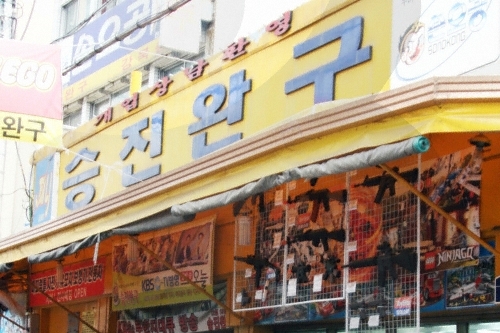

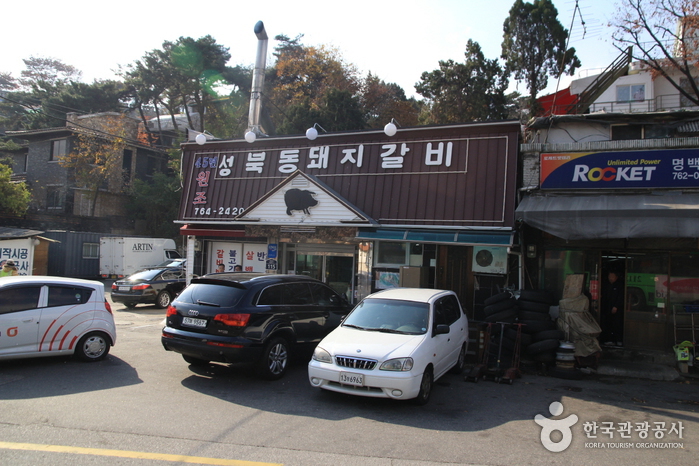
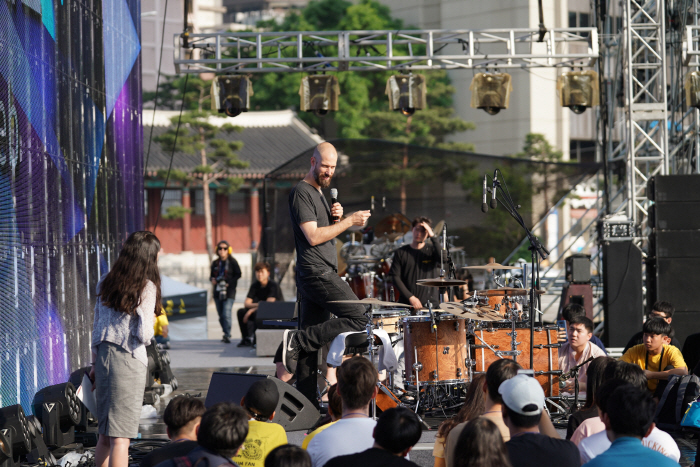
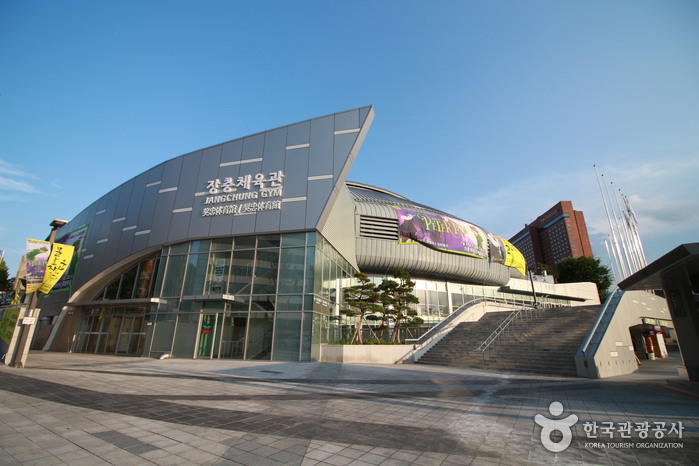
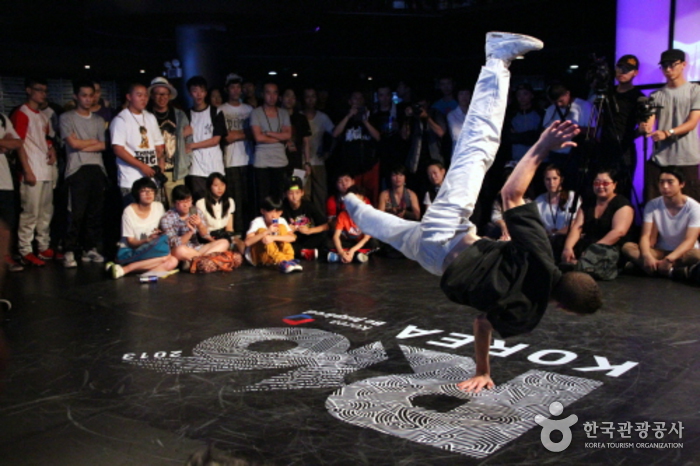
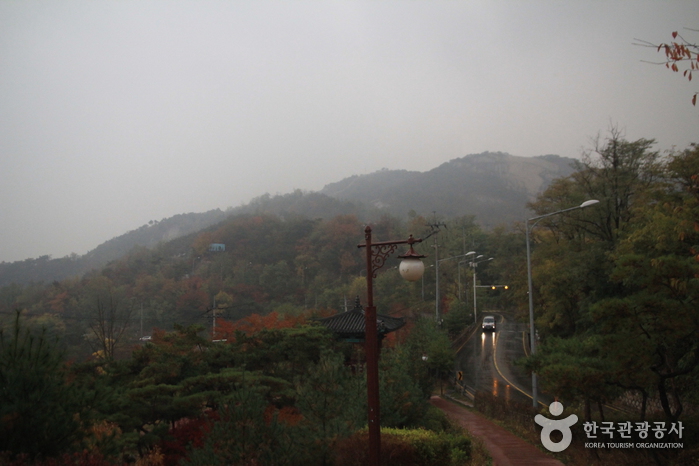
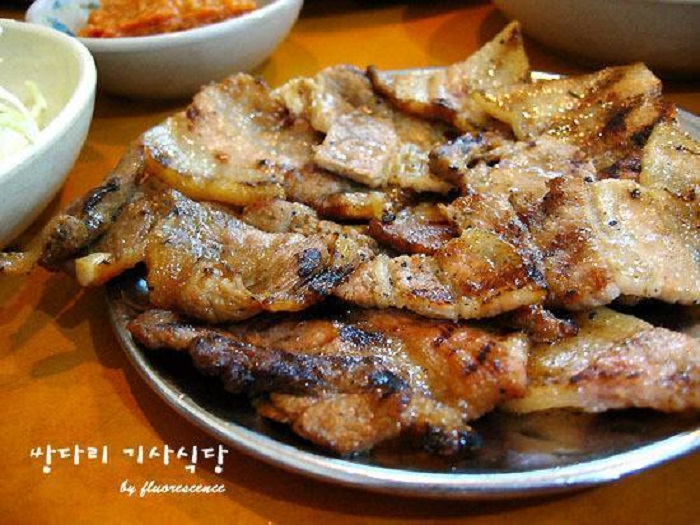
 Français
Français
 한국어
한국어 English
English 日本語
日本語 中文(简体)
中文(简体) Deutsch
Deutsch Español
Español Русский
Русский